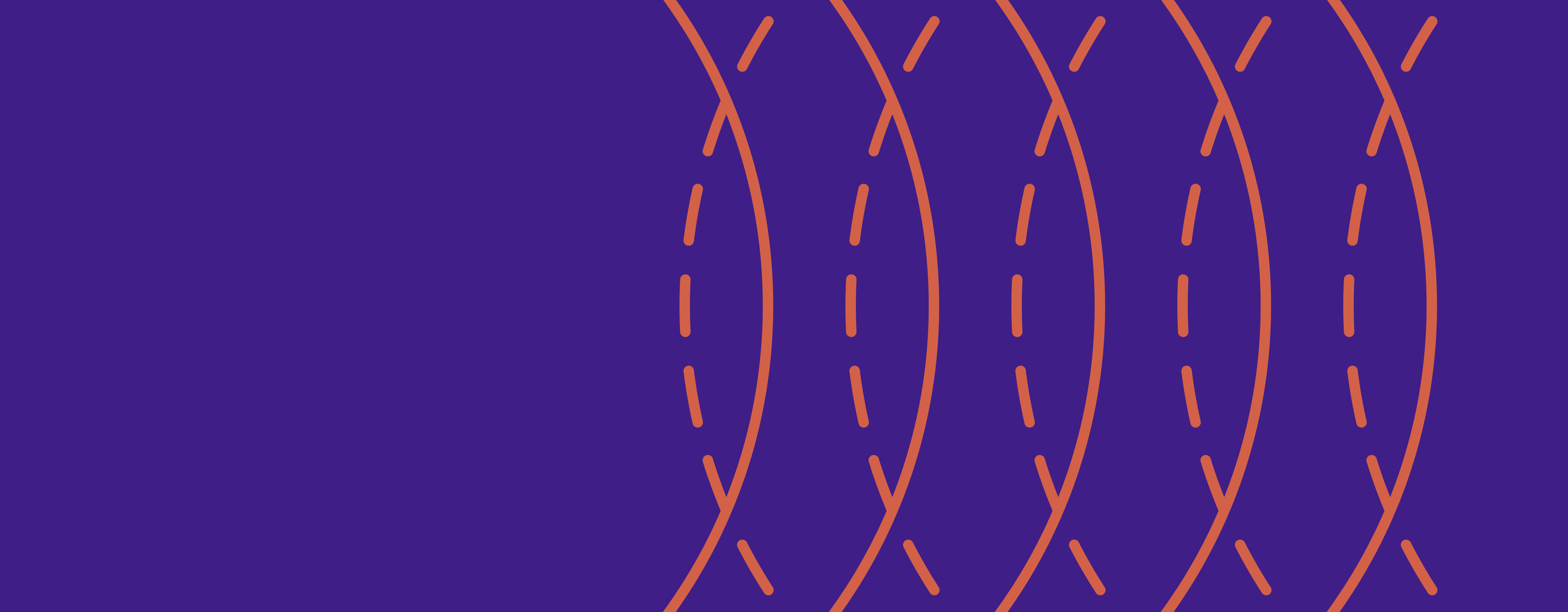
Have you found yourself staring at a blank screen, cursor blinking trying to write the perfect resume? You’re not alone. Crafting a resume that will catch the eye of a hiring manager - when they’re may be up to thousands of applicants - is not an easy feat. You’ve likely heard conflicting statements of what you should and should not include in a resume. We’re clearing through the clutter with a list of do’s and don’ts to help you write a resume that will get you an interview, if not hired.
Do
Tailor your resume to the job you are applying for
You will need to develop your resume so that it speaks directly to the job description and includes relevant projects, skills and experience. Having a blanket resume you blast out to a variety of companies will more likely than result in your resume getting passed in favour of someone who is a better fit.
Keep it concise
When it comes to the length of your resume, quality always wins over quantity. There is no stock answer to the question “how long should a resume be?” but you should aim for about one page. Keep in mind, if you have many years of your experience, your resume may be slightly longer. You can create a succinct resume by eliminating out-of-date or irrelevant information, ditching unnecessary words and opting for quantifiable achievements over detailed job descriptions for each previous role you’ve held.
Use job description key words
You’ll hear this a lot, but it is absolutely crucial to closely read the job description to identify keywords the hiring manager will be looking for. Some companies even use applicant tracking systems so will be specifically looking for keywords to create a shortlist of interview-worthy resumes. Some examples of commonly sought after resume keywords include design, operations, marketing, strategy, content, SEO, brand, consulting, art direction, management, writing, engagement among many others.
Leverage data
When speaking to your skills, past projects and accomplishments, always try to support them with quantifiable data. Anyone can say they led a campaign, but it adds more value when you can provide exact numbers to speak to how this initiative increased sales, boosted brand awareness or generated follower growth. Some metrics you may want to speak to include sales & revenue, new leads generated, brand awareness, earned media, candidates hired, new processes/technologies adopted, etc.
Use a balance of soft and hard skills
Hard skills are defined as quantifiable skills gained through training or education (ex. Graphic design, computer programming). Soft skills are qualitative skills that are not as easily taught, but are often gleaned through past experience (ex. Communication, empathy). It is important to include a mix of both hard and soft skills on your resume, as when combined, they make you a highly desirable candidate. In many instances, soft skills can help enrich your hard skills—for example, your hard graphic design skills will be supported by an ability to collaborate as a team, problem solve and meet deadlines.
Don’t
Use exaggerated or confidential information
With the expectation to flex your skills through past projects, accomplishments and accompanying metrics, it can be tempting to fudge the truth on your resume. Resist the urge. Every fact you include on your resume should be supported by your past references, colleagues and information publicly available. You should also ensure you aren’t inadvertently including any confidential company information. If you are ever unsure of what is kosher to include, refer to your company confidentiality policy.
Feel the need to include it all
We get that you want to put your best put forward, but fight the inclination to be exhaustive when speaking to your past experience. Start with a long list and refine by considering what is most relevant to the role you are applying for and what paints the strongest, most accurate picture of your current skill set. While it’s important to showcase a range of experience, volunteer work and projects, anything outside of the past 10 years can absolutely go. Have a career blip you’d rather not speak to? Feel free to leave it out. This is the space to focus on your strongest work to help set you apart from the crowd.
Shift your job objective
Your focus at the beginning of your resume, that will shift depending on the job, is the resume summary. For more details on how to write this check out this post. An objective can still be included to demonstrate how your current expertise supports your desire to gain a position in a given field (ex. A seasoned creative director looking to obtain a creative director position at X company). That said, you should really only be shifting your job objective if you are making the leap to a different industry. The intent behind this is to speak to how and why you are making this move, and to account for the fact that you may not have all of the required hard skills.
Include your personal address
While this isn’t a hard no, it should be noted that because most communications with potential employers now happen online, including your physical address on your resume is no longer necessary. Your physical address can also be considered private information that you may not want to give to employers until you are officially hired. The crucial information to include is of course, your email, phone number, and if you have one, your website.

Make Your iOS Developer Resume a Seamless User Experience

How to Create a Software Engineer Resume Hiring Managers Will Love

A 5-Step Guide for Writing a Product Manager Resume
